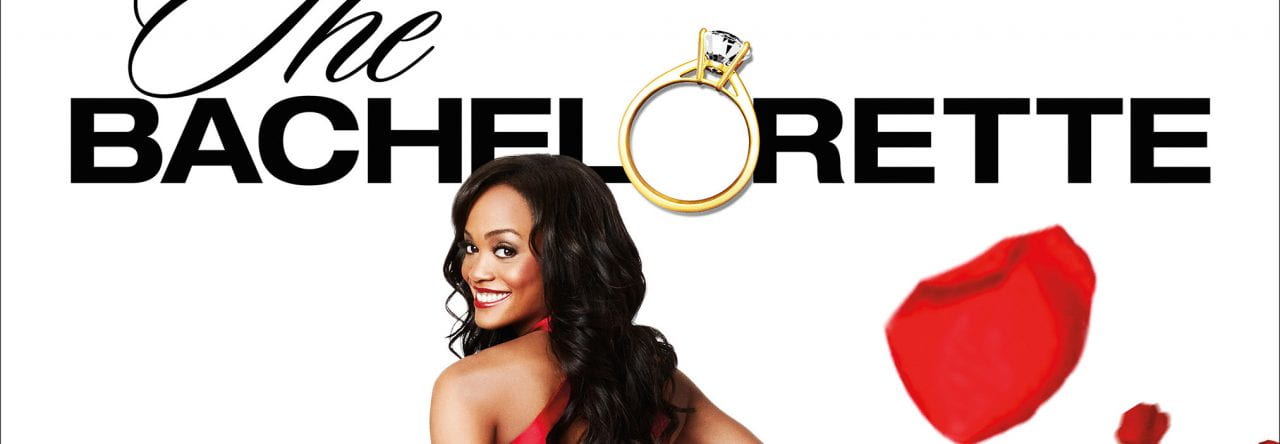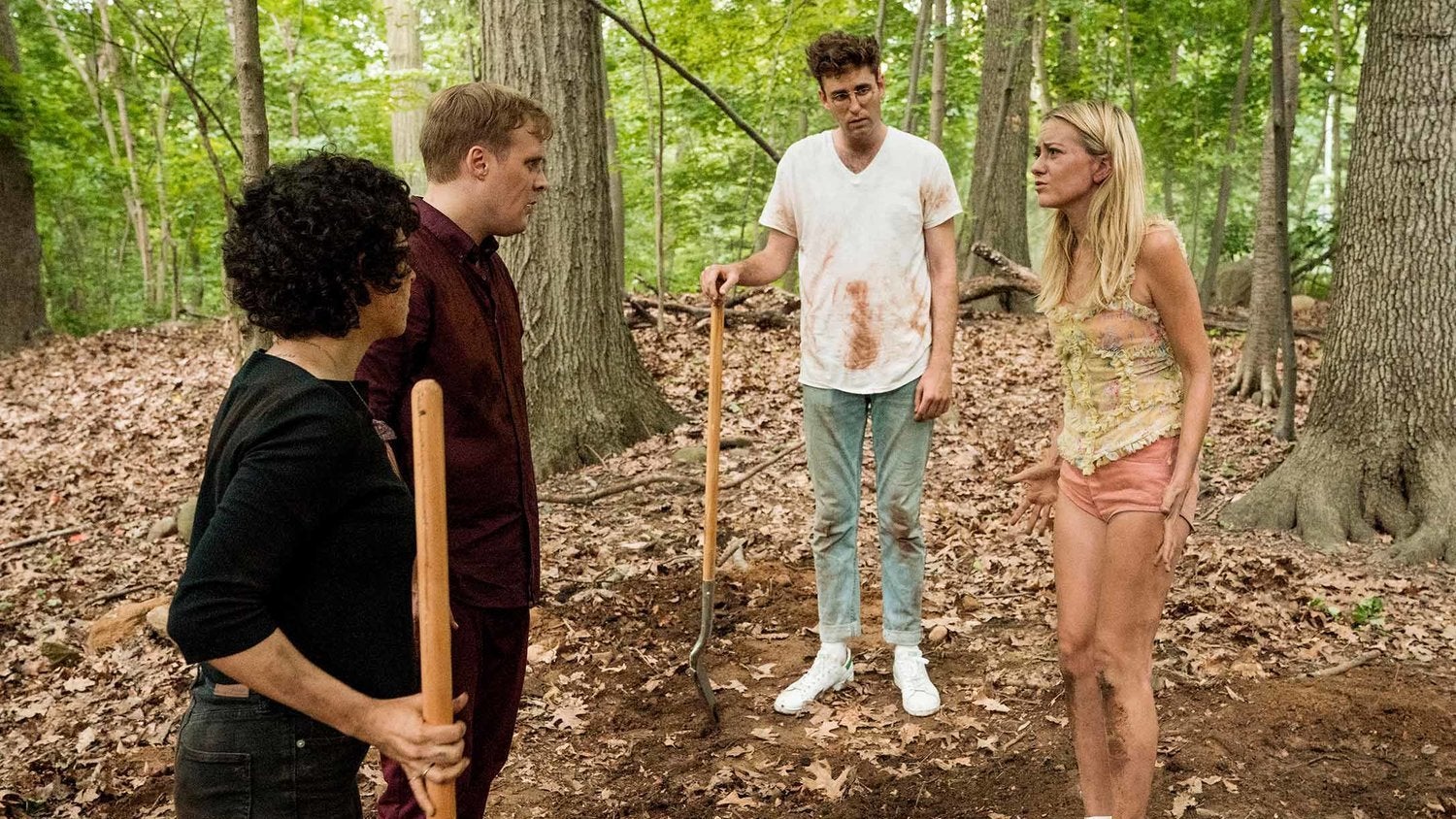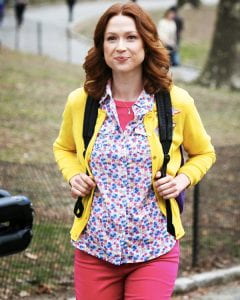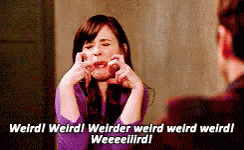Broad City is a really well shot show. Paying attention to the cinematography has especially enlightened me to the variance of shots and mise en scene particular to the show. The camera can be shaky in one scene and pan in the next. I most recently watched season 4 episode 1 of the series, and the show’s visual direction is often non-distracting but sometimes an aide to its humor. In the episode Ilana and Abbi are meeting each other for the first time, and the show explores their lives without each other and how much better they are in that same immediate day in an alternate scenario where they spend the day together. Over the top dvd movie menu esque transitions convey which reality is being displayed as it switches between each repeatedly until they eventually run into each other, no longer needing the transition to differentiate between realities. It definitely helped me keep track of what was going on as the characters wear the same clothes the entire time and the plot is only held together through these transitions.
In other episodes of Broad City, different areas of New York will have different lighting to give one a more gross, uncomfortable feeling when a man bothers them on the street compared to better lighting when they later stumble into a wealthy neighborhood. The use of lighting to convey meaning and emotion is an interesting tool. Broad City generally seems to use it as a tool to physically display the character’s anxiety. In one episode the power goes off in Abbi’s building, and her not being able to flush the toilet is heightened through the dark surroundings and shadows in the following scenes. A mundane inconvenience is better allowed to be thought of as more by the viewer because of how the show visually treats and accompanies the situation.
Here is an interesting use of lighting from behind Abbi to highlight the revelation that she becomes a singer in an old bar when she blacks out.




